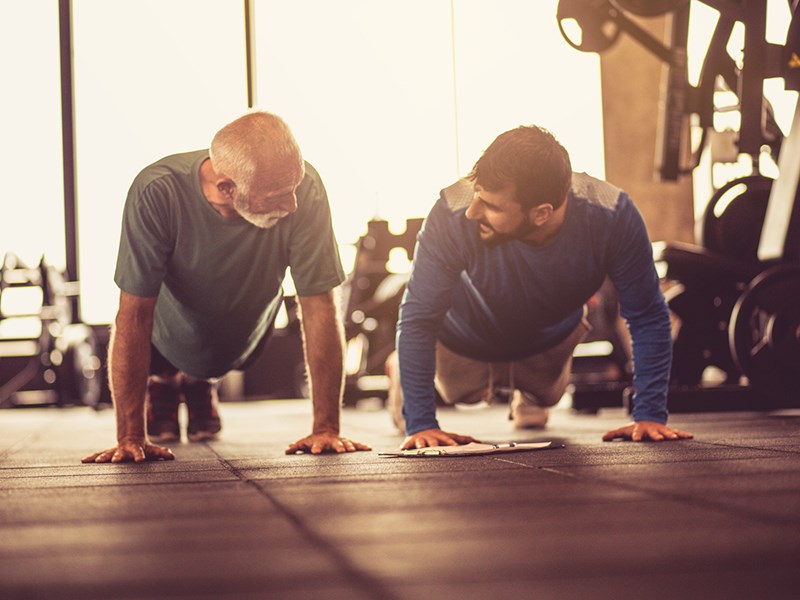Why is it that in an age with time-saving technology for just about everything, we feel the most time-crunch?
It’s easy to get swallowed up by what we are asked to accomplish in a day, so it is important to use our precious time efficiently and effectively. This is especially true with our workouts, which can often get put on the backburner in favour of more important tasks.
My biggest disclaimer, though, before I get into the meat of this article, is to suggest you also consider the flip side, of being less efficient with your time. It is important to stop and let yourself be in the moment, to enjoy a slower pace, whatever that means to you.
So, how can we make the most of our workout time? One excellent option is high intensity interval training (HIIT).
HIIT is short bursts of intense exercise followed by short periods of rest or lower intensity exercise. It can be purely (an)aerobic, or a mix of both (an)aerobic and resistance training, and can net you a similar caloric burn to longer, continuous exercise routines. Because of the interval format of HIIT classes, it is dynamic, constantly changing, and engaging. Not only is it a shorter workout, but it also 'feels' shorter because of the fast pace, and exercise variety.
For the purpose of scientific study, HIIT is described as working at 80 per cent of our maximum heart rate for one to five minutes, interval style. However, there are many formats for HIIT, including shorter intervals, but in a greater amount. The benefits of this exercise style cannot be overstated. Beyond time saving, HIIT can boost your cardio-respiratory health, helping to prevent heart disease, improve your VO2 max (the maximum volume of oxygen your body can utilize), and can net you a similar caloric burn to longer, continuous exercise routines.
The similar caloric expenditure comes from the greater disturbance of your body’s homeostasis. It takes more energy and oxygen to return to your normal basal levels. (Side note: As I’ve mentioned before, don’t overestimate how many calories you’re burning during exercise if your goal is weight loss. Turn to diet first, and supplement with physical activity).
However, the biggest myth about HIIT is the “afterburn” effect. The “afterburn” effect is also known as post-exercise oxygen consumption, which is a period of elevated calorie burn that continues even after you have finished exercising.
This is a real effect, but it is often greatly exaggerated. It only equates to a few extra calories per minute or even less, and the effect begins to peter out quickly
While the “afterburn” effect may be over-exaggerated, the beauty of HIIT lies in getting the same or similar benefits of longer bouts of cardiovascular exercise in a shorter time period. What will you do with your extra time?
Make your body and heart happy. Do HIIT. And also, do what you can with what you have where you are, and always prioritize the positive.
What does a HIIT workout look like? Here’s one of my favourites:
45 seconds push-ups, 30 seconds around the world pop squats, 30 seconds ab tuck and extend, 15 seconds rest, times four.
45 seconds squat to press, 30 seconds burpee frog jumps, 30 seconds big mountain climbers, 15 seconds rest, times four.
45 seconds deadlift row, 30 seconds duck walk squat jump, 30 seconds tuck jumps, 15 seconds rest, times four.
Melissa Sloos is a certified group fitness instructor, spin instructor and co-owner at Coast Fitness.



